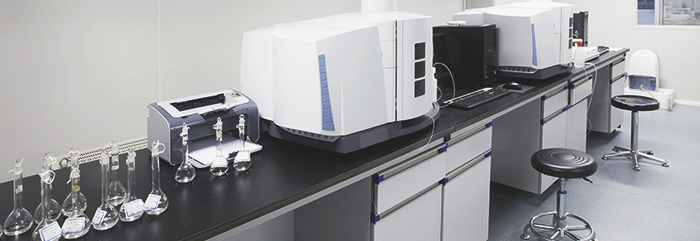The basic strategy of the R&BD center
of Kumho Polychem

Kumho Polychem R&BD Center
Kumho Polychem R&BD Center was established in Nov. 1995 in order to respond to the rapidly changing world market and technologies including new products development with metallocene catalyze, Gas Phase Polymerization, and De-vol Process.
Since the establishment, the R&BD Center is devoted to stably supply customers with high performance/quality products by EPM/EPDM new product development, and to advance into a super top-enterprise in the future by developing the lastest high value-added materials and pro-environment processes.
R&BD Center
Administrator
- Application Research / Customer Service
- R&BD / New Material Research
- R&BD / Process Research
- Quality /
Test&Analysis
Research Activities
Modified EP(D)M Product
The product has an enhanced affinity with polar polymer products by partially modifying the properties of EP(D)M by grafting functional chemicals such as maleic anhydride (MAH) into EP(D)M.
Functional EP(D)M Product
As EP(D)M is a non–polar polymer and is excellent in terms of heat resistance and oil resistance, but very weak in terms of adhesion, it has weak points in terms of physical properties when used together with belts or metals. The product has a bromination at the allyl position of the EP(D)M ENB site to give an adhesion similar to chloroprene rubber (CR), which shows the highest adhesion.
Polyolefin / EP(D)M Alloy Product
The product is made by alloying EP(D)M with highly crystalline olefin resins such as polyethylene or polypropylene. The product can be applied to automotive W/S, and can replace soft and hard PVCs.
Metallocene Catalytic Activity Research
Controlling physical properties is made possible by carrying out metallocene and new catalysts application research, in search of business diversification due to the development of olefin plastomer.
Development of a New Process
Research and development of new processes for doubling the productivity compared with the existing ones by controlling reaction conditions, such as reactor temperature and change recipes, and for saving energy when manufacturing products




